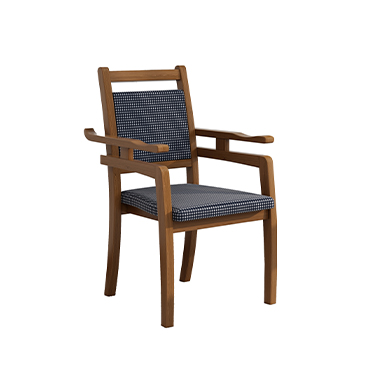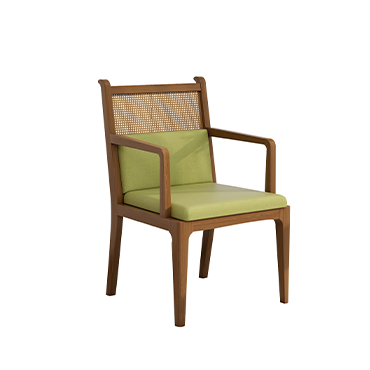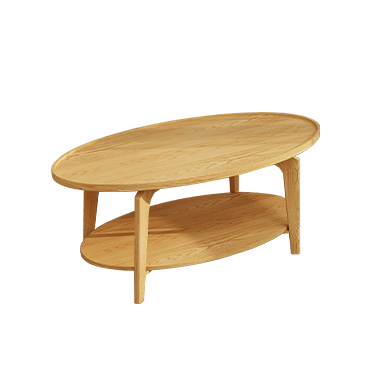Choosing the Right Chair for Seniors: Comfort, Support, and Safety Matter
As we age, joints tend to degenerate and lower back muscles weaken. For seniors, especially those spending more time at home after retirement, a well-designed chair can significantly improve daily comfort, support the spine, and reduce the risk of strain or injury.
Here are some key features to consider when choosing a chair for elderly individuals: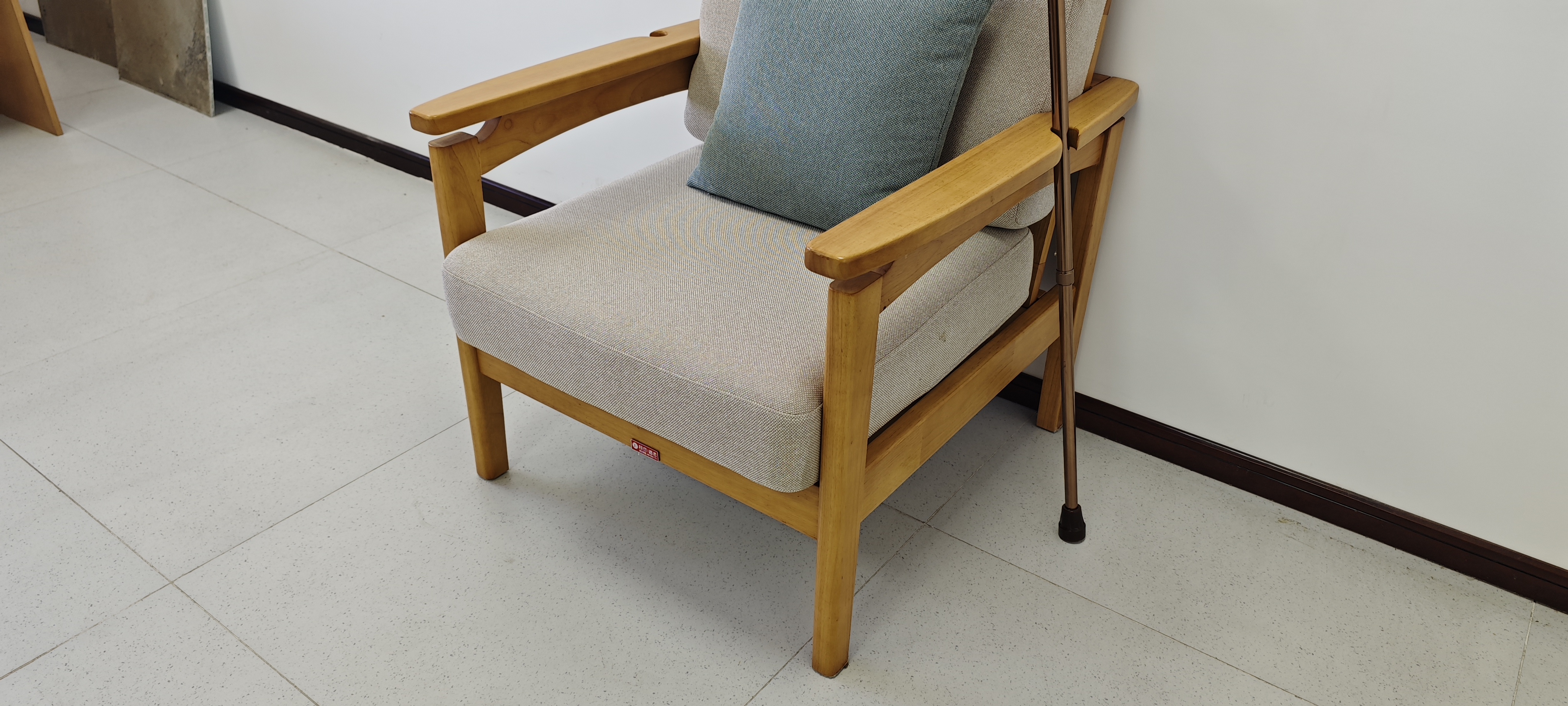
1.Proper Height for Comfortable Sitting
The seat height should be slightly lower than the knee level of the user. This allows the thighs to remain parallel to the floor, knees bent at 90 degrees, and feet resting flat on the ground. This posture reduces strain on the hips, knees, and ankles.
2.Seat Depth that Matches the Thigh Length
The depth of the seat should support the full length of the thighs without leaving a gap between the lower back and the backrest. This ensures effective lumbar support and promotes good posture.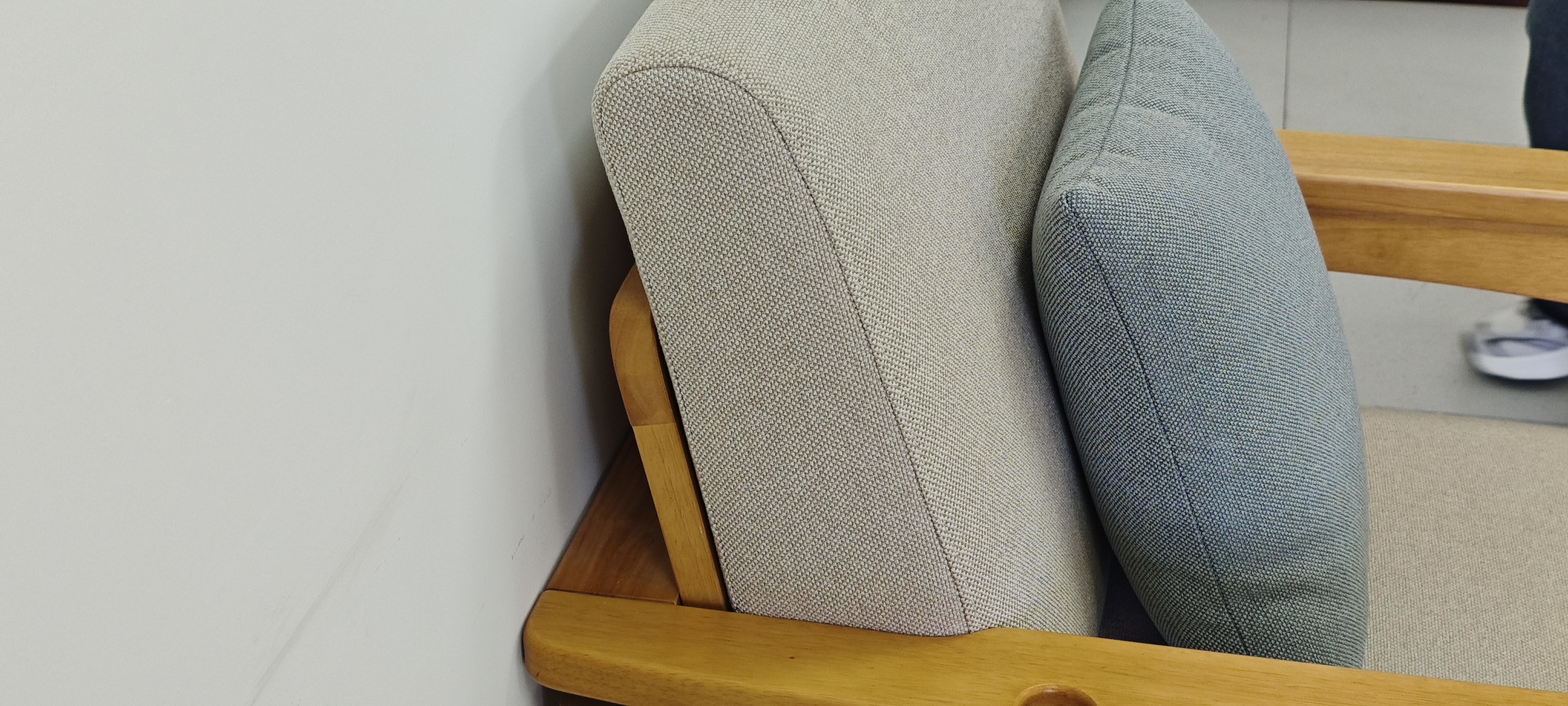
3.Supportive Backrest Design
A good backrest should be wide, firm, and slightly curved forward at the lower back area to match the natural lumbar curve. Adding a soft cushion at the lower back can help maintain the spine’s healthy alignment and reduce lower back fatigue.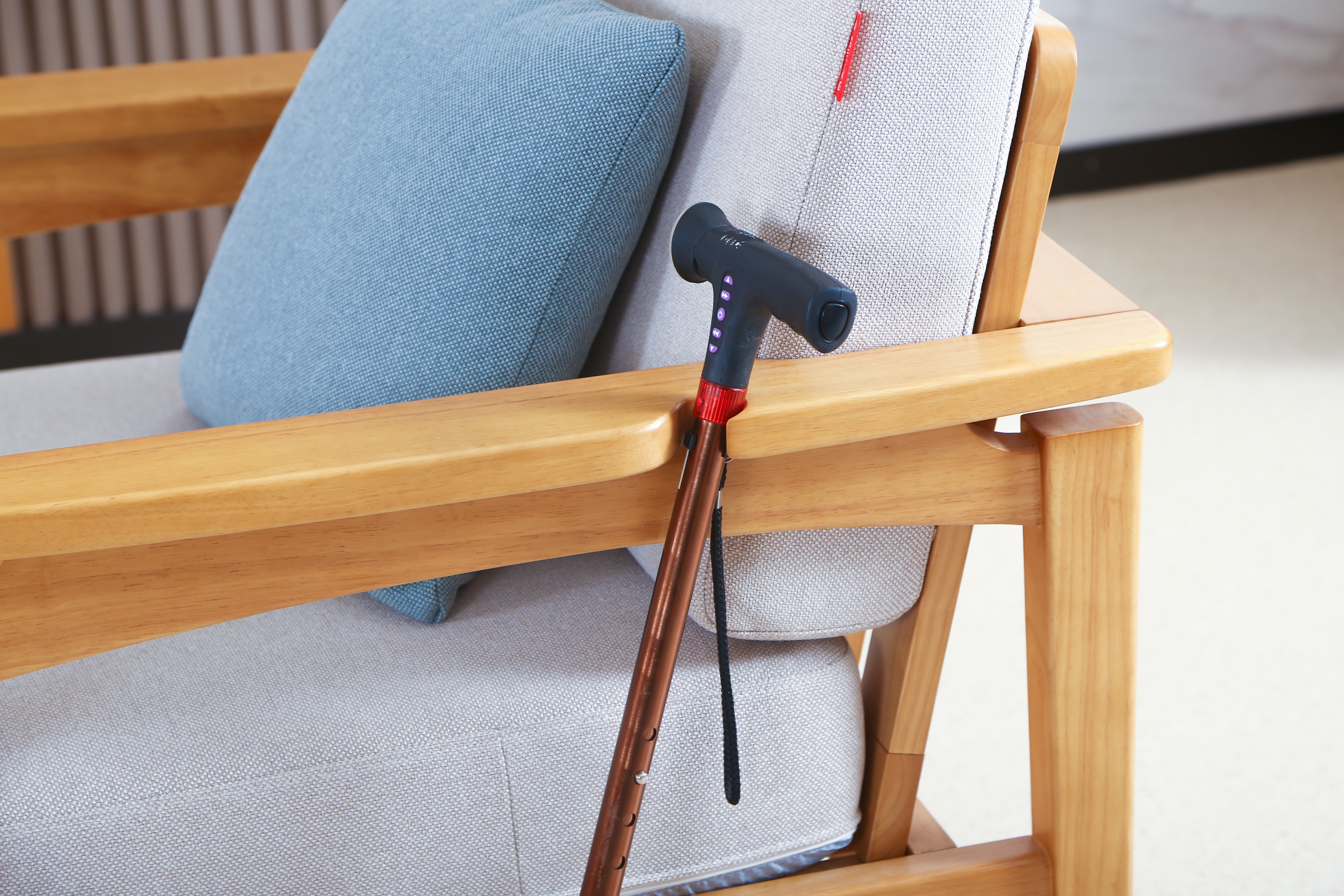
4.Armrests that Provide Relief
Armrests should be at a height where the elbows rest naturally while the shoulders remain relaxed. This helps support the forearms, reduces tension in the shoulders, and makes standing up or sitting down easier and safer.
5.Medium-Firm Seat Cushion
Older adults often have reduced muscle mass in the hip area. A seat that is too hard can cause discomfort, while one that is too soft lacks proper support. A medium-firm cushion is ideal for evenly distributing pressure and maintaining sitting comfort.
Recommended Chair Types for Seniors
● “1+3” Sofa Set
This includes one single-seat chair with armrests and a three-seater sofa. The single chair provides firm support and makes standing up easier. The three-seater offers enough space for a quick rest without needing to move to the bedroom—perfect for elderly users who may tire easily.
● Ergonomic Single Chairs
Chairs designed with ergonomics in mind are ideal for seniors with back pain or discomfort. The backrest is shaped to follow the natural curve of the spine, offering consistent support and promoting upright posture. They should be stable yet light enough to move around when needed.
Chairs to Avoid
✘ Chairs with Wheels or Swivel Base
These require constant core engagement to stay balanced, which can lead to lower back fatigue. For seniors with weakened lumbar discs, such designs may accelerate degeneration and cause pain.
✘ Bean Bags or Overly Soft Lounge Chairs
These often lack structural support. Once seated, it can be difficult to stand up. They may also distort spinal alignment, increasing the risk of muscle strain and back pain.
✘ Backless Stools
Without a backrest, the lower back lacks support, which can lead to muscle fatigue and poor posture. Seniors may unconsciously slouch or overcorrect their posture, both of which are stressful on the lumbar region.
Final Thoughts
The right chair makes a big difference in a senior’s daily life. A supportive, well-proportioned, and safe chair can enhance comfort, protect spinal health, and help maintain independence at home. Whether you're selecting seating for a loved one or upgrading your home furniture, thoughtful design matters.


